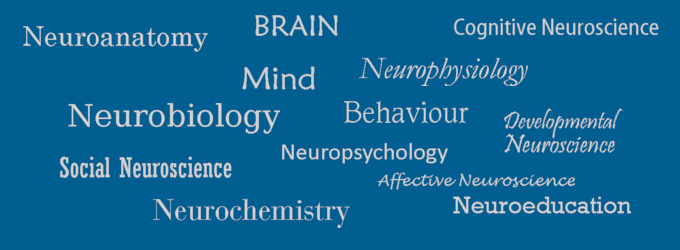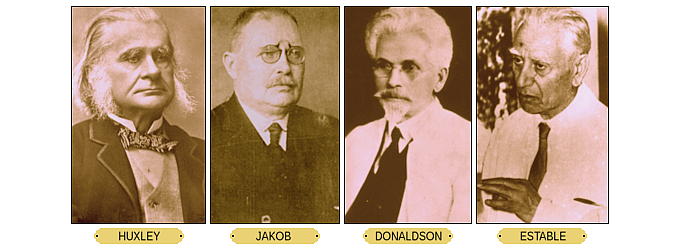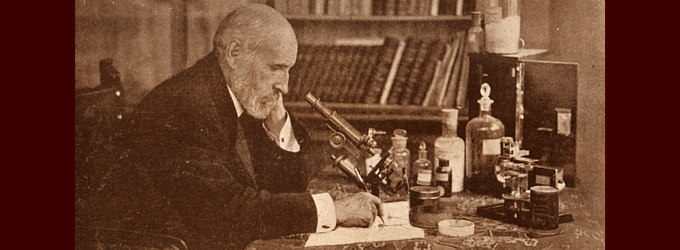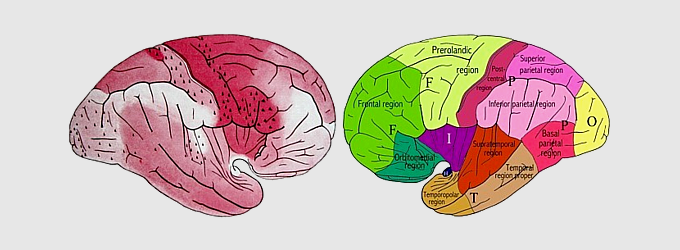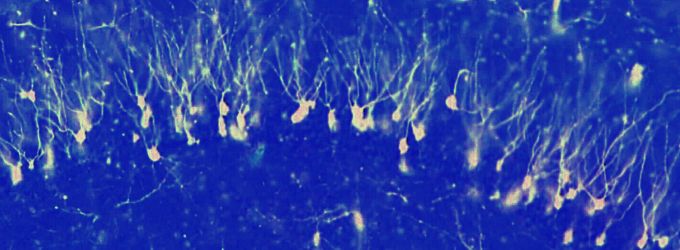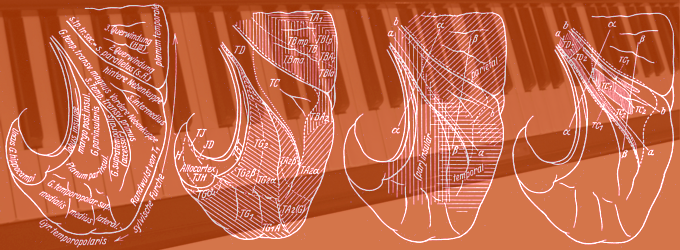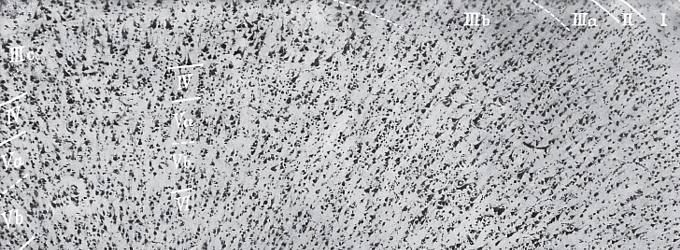NEUROSCIENCE AND EDUCATION
The University of Macedonia in Greece had the acumen of introducing the Neurosciences in its Education curricula soon after the Department of Educational and Social Policy became operational, in academic year 1997-1998, by formalizing a full professorship in ‘Basic Neuroscience’ (University Senate 8th Session, 17 June 1999). Thus, our institution took a precedence in the interdisciplinary field of mind, brain and education, which has been witnessing a dynamic international growth since 2000
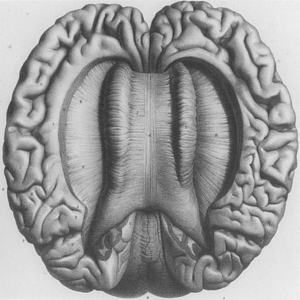
Historically, the sceptre of formally establishing a professorship in ‘Nervous System Biology’ in Education is held by the National University of La Plata in Argentina, with the appointment of Christofredo Jakob (1866-1956) in 1922 as ‘Profesor Titular’ at the Faculty of Humanities and Educational Sciences. Earlier attempts at bridging Νeuroscience and Εducation are evident in works by the neurologist Henry H. Donaldson (1857-1938) and educator Reuben P. Halleck (1859-1936) in the United States, respectively entitled ‘The Growth of the Brain: A Study of the Nervous System in Relation to Education’ (1895) and ‘The Education of the Central Nervous System: A Study of Foundations, Especially of Sensory and Motor Training’ (1896). Monumental contributions to the field are also witnessed in the precepts and counsels of the British biologist Thomas H. Huxley (1825-1895) in Science and Education, of the Spanish histologist Santiago Ramón y Cajal (1852-1934) in Paedagogy, as well as his alumnus Clemente Estable (1894-1976), the pioneer neurobiologist-educator whose ideas form the basis of Uruguay’s current education system (‘Plan Estable’).
The guiding principle of the Graduate Program in Neuroscience and Education at the University of Macedonia is to provide prospective students with strong scientific foundations in the ‘Classical Neurosciences’ (Neurobiology, Neuroanatomy, Neurophysiology, Neurochemistry, and Neuropsychology), such that graduates will be informed and prepared to be critical of concepts in the blooming fields of the ‘Social and Cognitive Neurosciences’ (Neuroeducation, Affective Neuroscience, Neuroaesthetics, Plasticity and Lifelong Learning, Neuroscience beyond Biomedicine). In a nutshell, our philosophy is that a thorough understanding of the microscopic structure and physiological function of the brain is a prerequisite for effecting meaningful advances in the Educational Neurosciences.



